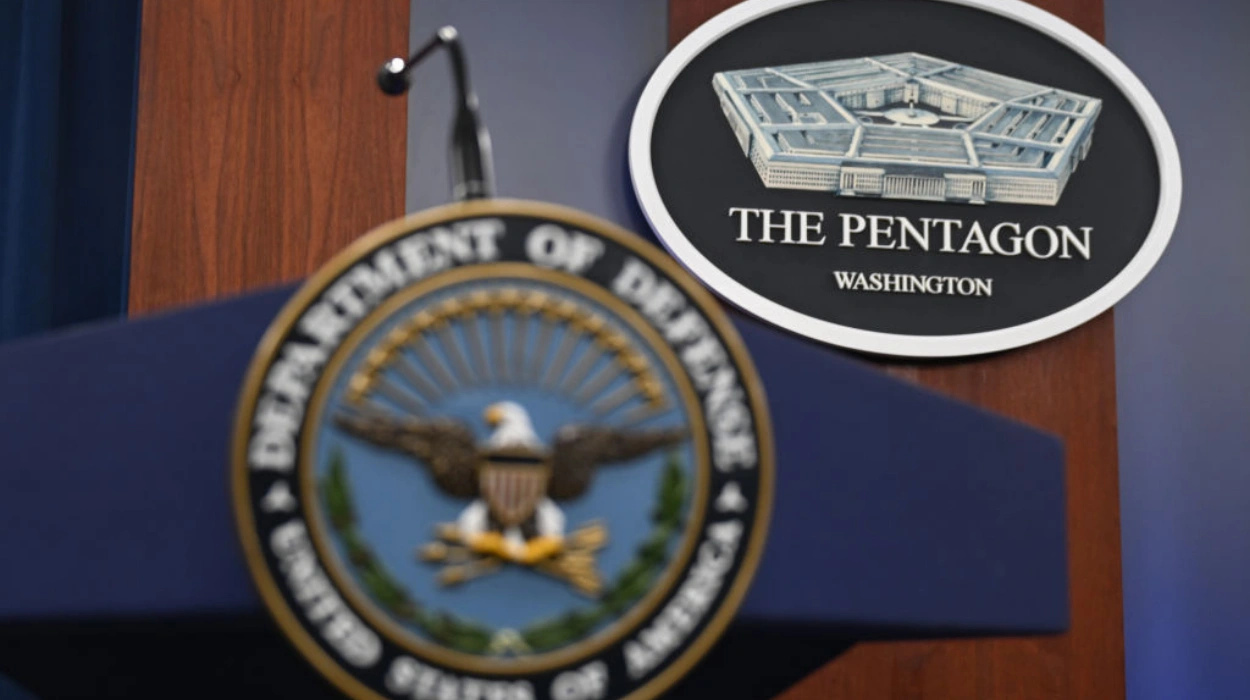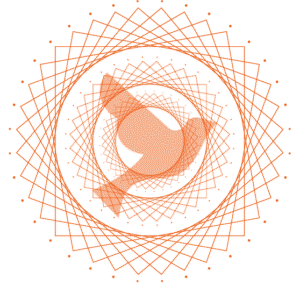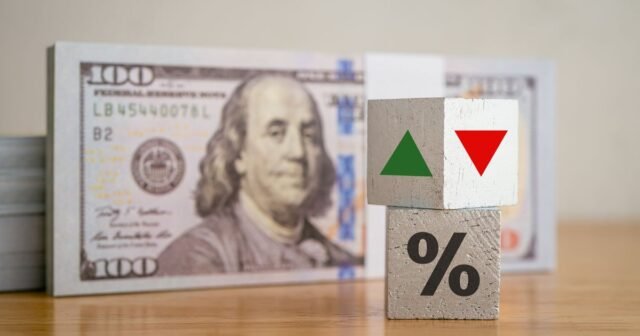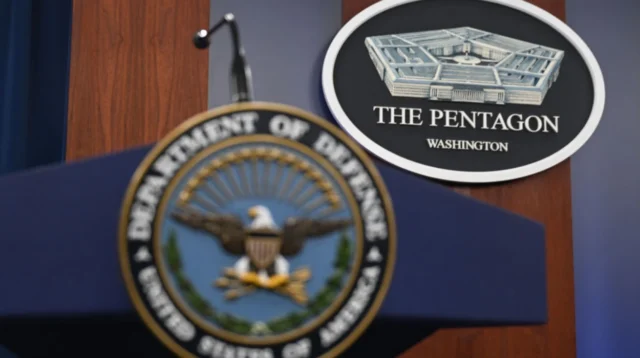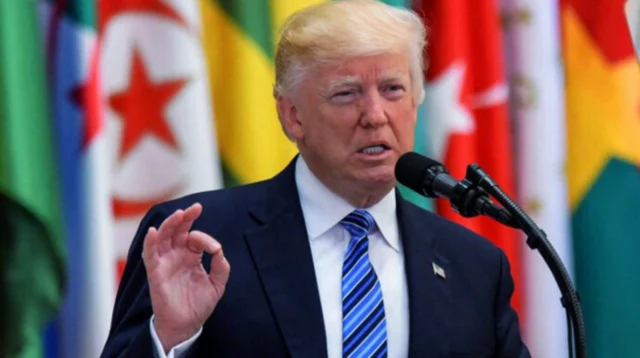The American lobbying landscape will look like a few very powerful firms with such financial success that their power is reflected in the Washington corridors. The leaders have not lost their position and are still industry leaders with Brownstein Hyatt Farber Schreck LLP, Akin Gump Strauss Hauer & Feld LLP and Holland & Knight LLP still at the top of revenue lists.
Brownstein Hyatt Farber Schreck announced its revenue of an overwhelming 67.9 million this year and this will continue to keep its lead, as it holds the fort in the area of healthcare, taxation, and environmental policy. Akin Gump came second with $56.7 million via its experience in defense and international trade and Holland and Knight brought in 49.9mm largely through infrastructure and telecommunications advocacy.
The 2025 quarterly disclosure filings of the US Senate Office of Public Records show that the revenues of lobbying are not only increasing, but also expanding to various policy areas. The new issues that firms are adding to their portfolios are renewable energy, regulation of artificial intelligence, and security of supply chain. Ballard Partners, which has close relationships with the current administration, was recorded to have 400 percent annual growth and made more than 25 million money in the third quarter alone. This tendency highlights the strength and the competitiveness of the influence sector of Washington as the demand to navigate the policy grows.
Sectoral focus and market dynamics
The clientele of the leading lobbying companies gives an idea of industries that control the law making priorities in America. Pharma, energy, health, and technology industries still rank top in terms of budgets allocated to lobbying. Thorn Run Partners, a company with yearly revenue of 29.3 million, deals with the pharmaceutical and e-commerce policy and Invariant LLC, with yearly revenue of 42.3 million, deals with the biotechnology and AI governance and digital innovation. With this trend, it is verified that corporate investment in policy influence still depends on industries that are undergoing a high rate of technological and regulatory change.
Corporate clients and strategic lobbying goals
Of the corporate giants, the US Chamber of Commerce is the only one that is spending the fortune, allocating an estimated 20 million in early 2025 on persuading federal regulatory systems. Other most active lobbying organizations include Pharmaceutical Research and Manufacturers of America (PhRMA), Meta, and General Motors. Their strategic interest includes but is not limited to healthcare affordability, data privacy, and green transportation policies all of which are central to developing economic competitiveness and corporate accountability in the next decade. These spending expenses have continued to prove that lobbying is not only a reactionary action but a proactive one in an effort to influence upcoming law.
Technology and innovation policy frontiers
In Washington regulation of technology has emerged as the new power line. Artificial intelligence ethics, cybersecurity, and data governance have become the primary areas of lobbying. This has seen smaller companies, such as Tiber Creek Group and Mindset Advocacy, take advantage of this transition, both as start-ups and as large technological innovators. Their presence is a larger structural shift in which the digital economy policy is now being driven by almost an equivalent level of lobbying spending as that of healthcare or defense.
Historical roots and legislative evolution of lobbying
The history of lobbying in the United States dates back to over two centuries based on the constitutional right to petition the government. The first known lobbyist was William Hull and he argued in favour of the compensation of veterans in the 1790s which became a precedent to a formal representation in the process of policy making. Lobbying became institutionalised towards the end of the 19th century, as the political system in America became more professional, and the federal administration departments burgeoned.
During the 20th century, lobbying became a multi-billion dollar activity, driven by the rise of corporate power and the sophistication of federal regulation. Significant laws including the Federal Regulation of Lobbying Act of 1946 and the Lobbying Disclosure Act of 1995 had formalized the need to make lobbying transparent, but also institutionalized lobbying as part of a regulated set of rules in democratic governance. By 2025, the spending on lobbying had reached over 4.1 billion dollars per year, which is the evidence of the fact that interest representation has become entrenched into the legislative and bureaucratic practices.
Lobbying has been institutionalized and it has raised the question of transparency and fairness. Although the practice is preserved as free speech, the critics believe that its concentration to elite firms amplifies the political expression of the wealthier sectors, raising imbalance in access and influence. However, the reforms which have been introduced especially those that concerned digital lobbying revelation and increasing foreign agent reporting have enhanced accountability in the sector.
Recent developments and political context
The political landscape of the future, 2025, which will be characterized by gridlock in the legislative branch and other domestic concerns, has made the use of lobbying specialists even more prominent. Some of the main battlefields that lobbyists still play in include economic recovery measures, industrial policy, and technology regulation. Such companies as Akin Gump and Brownstein Hyatt Farber Schreck have been the major advisors in the discussions relating to fiscal policy reforms and green infrastructure funding.
The recent 2025 federal government shutdown had a short term effect on legislative processes but not much of an effect on the revenue streams of lobbying. Quite the contrary, some companies claimed that they experienced increased work as clients wanted to maneuver uncertain budgetary allocations and federal renewals of contracts. Holland & Knight, one of the partners, said that strategic government relations are usually increased during periods of political instability, rather than decreased.
“Periods of political instability tend to amplify the need for strategic government relations, not diminish it.”
Executive influence and trade policy shifts
Lobbying in the industrial and agricultural sectors has been triggered by a renewed attention to tariffs and trade agreements in the second administration of President Donald Trump. The selective trade duties imposed on Chinese imports and semiconductor imports were reintroduced in 2025, which provoked the activity of manufacturing associations. Trade lobbying has emerged as one of the primary ways in which businesses seek to cushion the impact of policy uncertainty and supply chain re-engineering.
Regulatory reform and digital disclosure
The industry has also been transformed by digital transparency efforts which have been introduced by the Lobbying Disclosure Modernization Act of 2024. Companies today report close to real-time information about their customers and their spending, which can offer a better understanding of the flow of influence. This has heightened the level of publicity and at the same time put to the limelight the extent to which lobbying has become institutionalized in the political landscape of Washington.
Insights into Washington’s power brokers
A close look at the largest lobbying companies in the US in 2025 will show that the key to success lies in specialization, strategic networking, and policy agility. Brownstein Hyatt Farber Schreck remains the leader in fiscal and healthcare advocacy through the relationships in both chambers of the congress. Akin Gump is the major player in the aspect of defense and international trade since it enjoys historical links to the previous lawmakers and military advisors. Holland & Knight has continued to gain the knowledge in infrastructure policy that is in line with the bipartisanship in the rebuilding efforts of the country.
The rise of mid-sized influence firms
While the top firms maintain dominance, mid-sized entities like Forbes Tate Partners and Crossroads Strategies are expanding rapidly by targeting emerging policy niches. These firms combine policy consulting, data analytics, and lobbying strategy to attract clients in new regulatory spaces such as climate disclosure and financial technology. Their rise reflects the ongoing diversification of Washington’s lobbying ecosystem, where innovation and adaptability increasingly determine competitive advantage.
Influence as institutionalized governance
Lobbying is no longer confined to private representation, it has become a formalized extension of policymaking itself. Committees, think tanks, and regulatory agencies now regularly engage lobbyists for technical expertise. This interdependence highlights how Washington’s policy machinery functions through continuous dialogue between government actors and private advocates, a relationship that blurs the boundaries between influence and governance.
The evolution of the biggest lobbying firms in the US in 2025 underscores the institutional depth of influence that defines American policymaking. Their dominance reveals not only the economic stakes tied to regulation but also the enduring symbiosis between corporate interests and legislative power. As new technologies and global tensions reshape political priorities, Washington’s influence industry continues to adapt, ensuring that those with access, expertise, and resources remain the decisive voices in shaping the nation’s policies.

